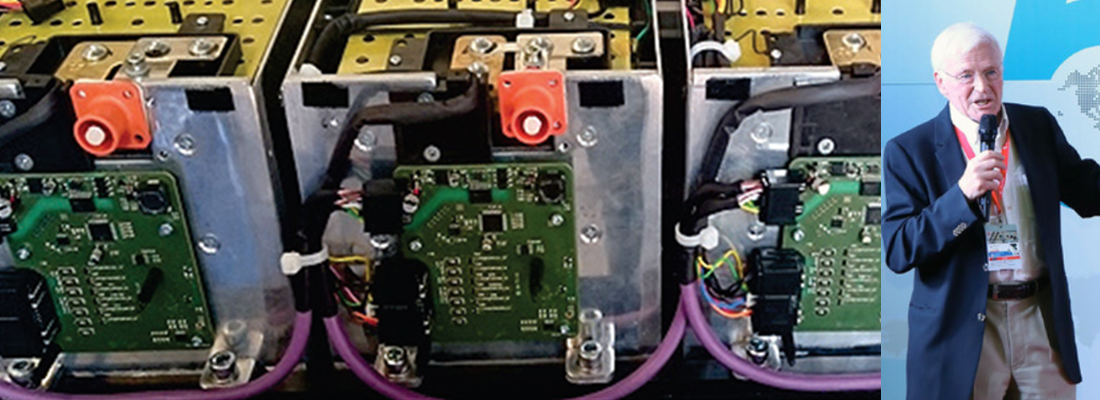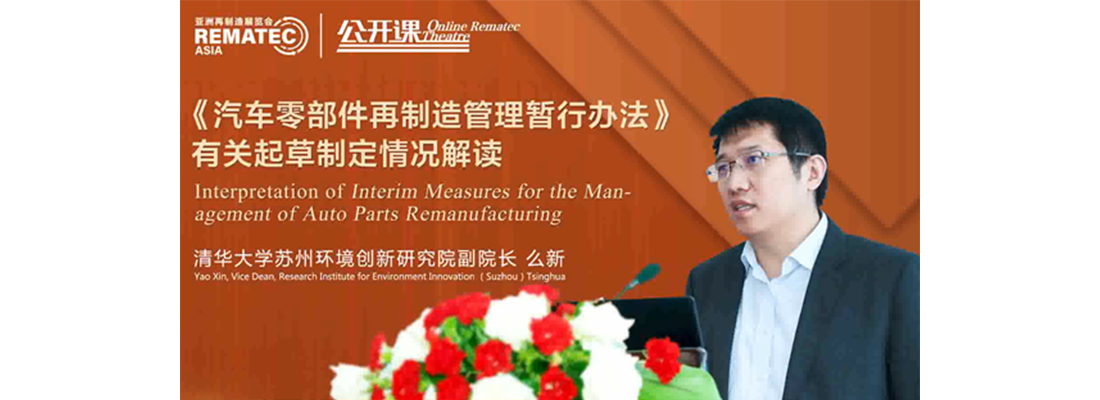Robotics is not science fiction
In recent years, there has been a paradigm shift in robotics. The main capability of robots was to lift heavy parts and work accurately, housed in special operator-separated safety areas. Robots are now lighter and more sensitive; in a safe mode of operation, they can work with people, no longer separated by protective fences.
Human-robot collaboration results in work systems where the advantages of humans, e.g. the ability to perceive and to improvise, can be combined with the tirelessness and accuracy of the robot. As a result, the production of goods in small quantities but with a large number of variants, which is increasingly required, can be executed with robots faster and less stressfully than for humans.
Trier University of Applied Sciences has investigated disassembly – which is involved in many processes, including remanufacturing – as an application of human-robot collaboration. Fully automated disassembly lines are rare, because it is much harder to automatise than assembly. At the end of a product’s life, we have to cope with dirt, wear and damaged – or missing – parts, as well as manipulations, such as improvised fixes, which are not obviously visible.
This unpredictability prohibits further automation. Even with better sensor technology, it would be unfeasible, or highly expensive, to fully automate for every possibility. Other challenges include small lot sizes or individualised products, and – especially in central waste sorting plants - a lack of information about product structure.
Thus, disassembly workplaces stay unautomated - resulting in a bad situation for people who remain exposed to health problems due to their heavy workload. In addition, the economic viability of disassembly processes is greatly reduced by the substantial amount of manual labour required. Consequently, important concepts for environmental protection, such as remanufacturing, cannot spread wider into industry.
The use of robot-based assistants would be a compromise between automation and manual labour. Only humans have the cognitive abilities to identify and handle unexpected situations – but robots can provide assistance with power and endurance over the complete disassembly process and thereby improve the ergonomics of the workplace. Multi-skilled robots can take over automatable tasks, such as unscrewing; or support the execution of tasks, such as the handling of heavy parts. For remanufacturers, human-robot collaboration isn’t the future – it’s already possible. But we have to unlock the potential.
Share your remanufacturing stories with us
Do you have an innovation, research results or an other interesting topic you would like to share with the remanufacturing industry? The Rematec website and social media channels are a great platform to showcase your stories!
Please contact our Brand Marketing Manager.
Are you an Rematec exhibitor?
Make sure you add your latest press releases to your Company Profile in the Exhibitor Portal for free exposure.






